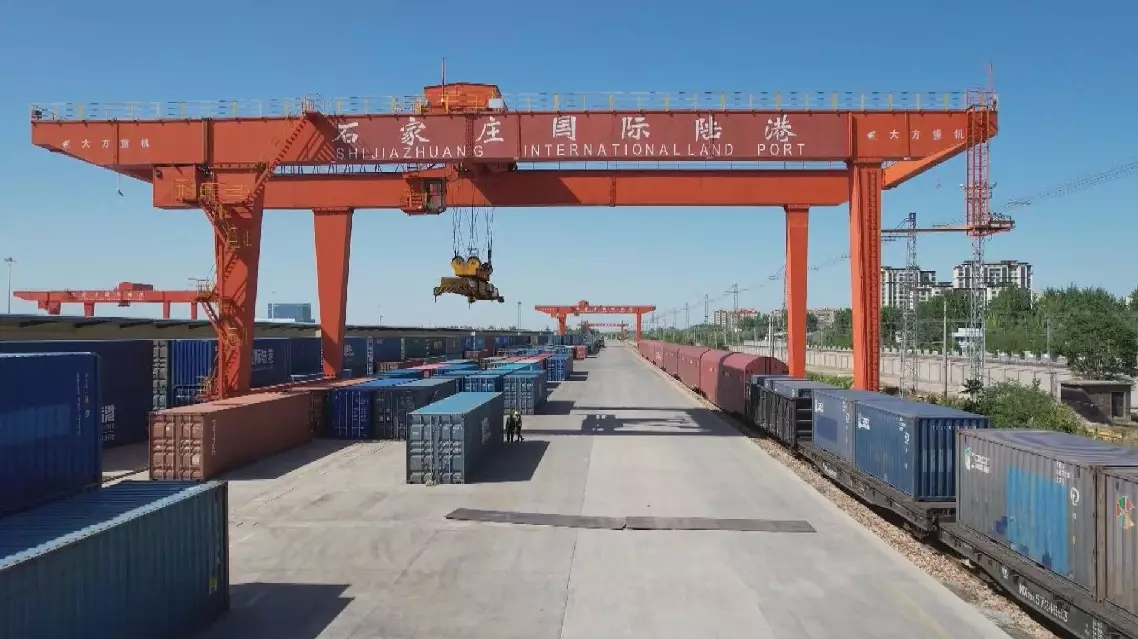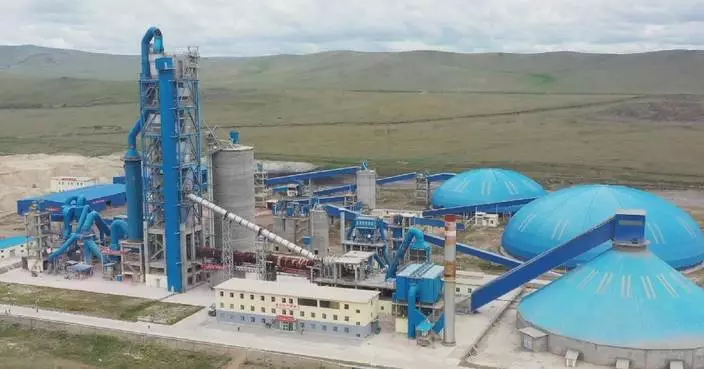Enterprises in China's warehouse storage industry still holds high expectation for business growth after the sector registered a slight drop in demand in April following a strong rebound in March according to the data released by China Federation of Logistics and Purchasing Tuesday.
April's warehouse storage index, the data tracking the sector's development, came in at 49 for April, dropping 3.6 percentage points compared with last month, indicating that the warehouse storage market is stilling absorbing the previous huge demand and as a result, commodity turnover efficiency slowed down and the demand for April was relatively weak.
Despite decreased demand, for April, the index measuring entrepreneurs' expectation for future operational activities stood at 56.2, rising 2.7 percentage points month over month, surpassing the expansionary threshold of 50 and suggesting rising expectation of business operators.
"With concentrated release of demand in March, the mobility of the warehouse and the activity of companies to stockpile raw materials has weakened to some extent. But as the business evolves, the operation of warehousing companies is steadily recovering," said Liu Yuhang, director of China Logistics Information Center.
Boosted by China's extensive implementation of its equipment renewals and consumer goods trade-in policies, new warehouse orders for nonferrous metals saw a noticeable increase in April, the data also showed.

Expectation remains strong for China's warehouse storage industry despite declining demand
The endangered Tibetan antelopes have started their annual mass migration after the first batch of 47 female Tibetan antelopes passed through the Hoh Xil National Nature Reserve in northwest China's Qinghai Province on May 7.
To protect the rare species that are under top-class state protection, the management team of Hoh Xil in the province's Yushu Tibetan Autonomous Prefecture has set up the Wudaoliang protection station along the migration route. As of noon on Sunday, over 700 Tibetan antelopes had been spotted passing through the station.
The Tibetan antelope, known as the "fairies of the plateau", undertakes a migration from May to July each year. Female antelopes from the Sanjiangyuan region of Qinghai, parts of Qiangtang Terrane in Tibet, and the Arjin Mountains in Xinjiang Uygur Autonomous Region, would travel to the Zhuonai Lake in Hoh Xil to give birth before returning to their original habitats with their newborns.
"For Tibetan antelopes, we divide them into six species groups according to their geographical distribution. For example, Qinghai and Xinjiang have one group each. For Xizang (Tibet), there are three species groups in the east, central and west of the Qiangtang Terrane. And there is also one group in southern Qiangtang Terrane, which don't migrate," said Lian Xinming, researcher at the Northwest Institute of Plateau Biology under the Chinese Academy of Sciences.
With an average altitude of over 4,600 meters, the Hoh Xil Nature Reserve is known as a "no-life zone" due to its thin air and low oxygen levels.
However, it is an important habitat for Tibetan antelopes, which can reach top speeds of up to 80 kilometers per hour while running. Lian explained the reasons behind the antelopes' remarkable speed.
"I think one of the reasons why they run so fast is that they've got underfur. The warmth of its underfur is one of the characteristics of its ability to adapt to alpine cold and high altitudes. The diameter of its fur can be as thin as about one-seventh of our human hair on the temples. Secondly, its has been found in physiology that the hemoglobin of Tibetan antelope has a blood oxygen capacity that is more than 30 percent higher than that of other plain animals, which proves that the same number of red blood cells has stronger ability to carry oxygen. That should enable the Tibetan antelope to reach 70 or 80 kilometers per hour in a short time," Lian said.
After years of conservation efforts, the Tibetan antelope population in the Hoh Xil region has increased from less than 20,000 in the late 1980s to currently over 70,000.

Tibetan antelopes on migration journey to Hoh Xil Nature Reserve










